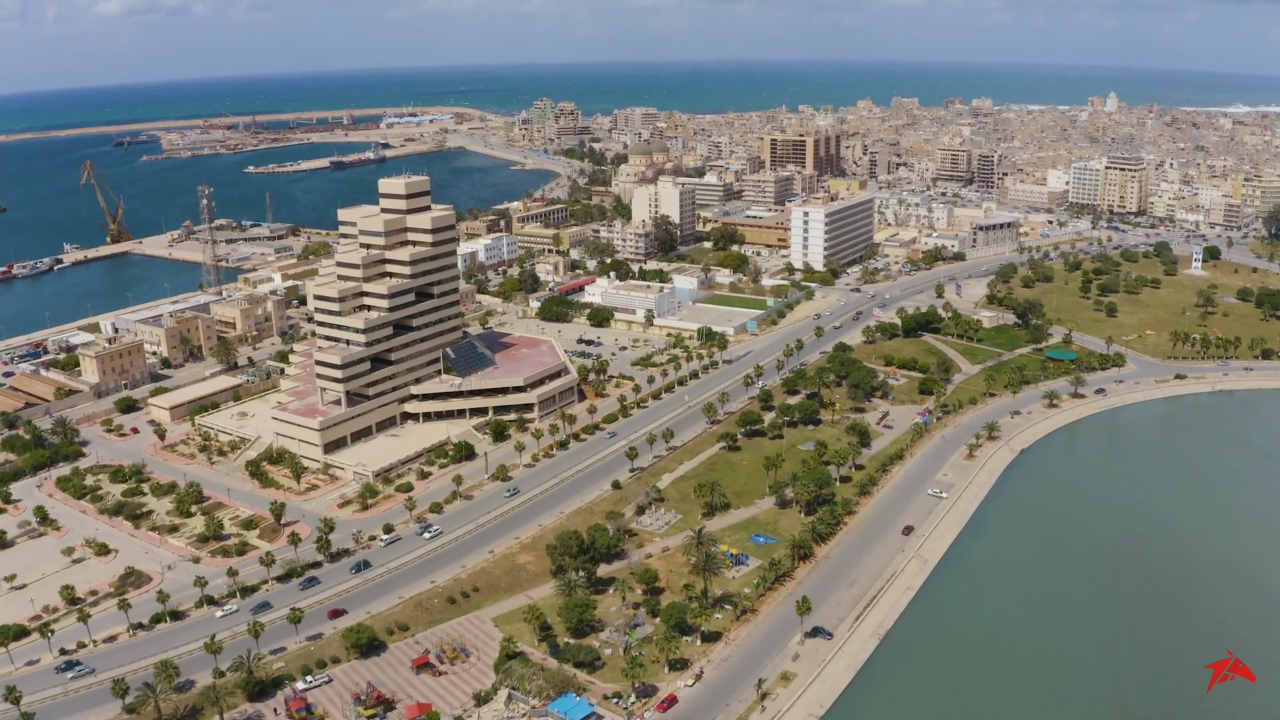Libya, known as the “Jewel of North Africa,” is a country steeped in ancient history and rich cultural heritage. Located in the heart of the Sahara Desert, Libya boasts stunning landscapes, vibrant cities, and a unique blend of Arab and Berber influences. With its capital, Tripoli, serving as the political and economic hub, Libya offers travelers a fascinating glimpse into its past and present.
Table of Contents
Geography
Libya is situated in North Africa, bordered by the Mediterranean Sea to the north, Egypt to the east, Sudan to the southeast, Chad to the south, Niger to the southwest, and Algeria and Tunisia to the west. The country covers an area of approximately 1,759,541 square kilometers, making it the fourth largest country in Africa.
The geography of the country is characterized by vast deserts, including the Sahara, which occupies most of the country’s land area. The coastal region along the Mediterranean is marked by fertile plains and beautiful beaches, while the interior features arid landscapes and rocky plateaus. The Libyan Desert, a part of the Sahara, is known for its striking sand dunes and unique rock formations.
Libya’s climate is predominantly desert, with hot summers and mild winters. Rainfall is scarce, primarily occurring in the northern coastal regions. The country is home to several significant rivers and oases, including the Nile River Delta, which flows into the Mediterranean Sea, providing vital water resources for agriculture and sustenance.
States of Libya
Libya is divided into three historical regions rather than states: Here’s a list of the three historical regions along with their capitals:
| Region | Capital |
|---|---|
| Tripolitania | Tripoli |
| Cyrenaica | Benghazi |
| Fezzan | Sebha |
Additionally, The country is administratively divided into 22 municipalities. Here’s a table listing the 22 municipalities along with their capitals:
| No. | Municipality | Capital |
|---|---|---|
| 1 | Ajdabiya | Ajdabiya |
| 2 | Al Jufra | Hun |
| 3 | Al Kufrah | Kufrah |
| 4 | Al Marqab | Zliten |
| 5 | Al Wahat | Jalu |
| 6 | Benghazi | Benghazi |
| 7 | Derna | Derna |
| 8 | Gharyan | Gharyan |
| 9 | Misrata | Misrata |
| 10 | Nalut | Nalut |
| 11 | Sebha | Sebha |
| 12 | Sirt | Sirt |
| 13 | Surman | Surman |
| 14 | Tarhuna | Tarhuna |
| 15 | Tobruk | Tobruk |
| 16 | Tripoli | Tripoli |
| 17 | Zawiya | Zawiya |
| 18 | Zliten | Zliten |
| 19 | Wadi al Hayaa | Wadi al Hayaa |
| 20 | Wadi al Shatii | Wadi al Shatii |
| 21 | Murzuq | Murzuq |
| 22 | Bani Walid | Bani Walid |
History
Libya’s history dates back thousands of years, with evidence of ancient civilizations existing in the region. The area was home to the Phoenicians, Greeks, and Romans, who established trade routes and settlements along the Mediterranean coast. The ancient city of Leptis Magna, a UNESCO World Heritage site, is one of the best-preserved Roman ruins in the world, showcasing the grandeur of Libya’s historical past.
In the 7th century, the Islamic conquest introduced Arab culture and Islam to Libya, significantly shaping its identity. The country became part of various Islamic empires, including the Umayyad and Abbasid Caliphates. Throughout the Middle Ages, Libya was a hub of trade and cultural exchange, with cities like Tripoli and Benghazi flourishing as important commercial centers.
In the early 20th century, The country fell under Italian colonization, leading to significant social and economic changes. The struggle for independence culminated in 1951 when Libya became the first country in Africa to gain independence after World War II. The discovery of oil in the 1950s transformed Libya’s economy, making it one of the wealthiest countries in Africa.
However, Libya’s political landscape underwent significant upheaval in the late 20th century. Muammar Gaddafi seized power in a coup in 1969 and ruled for over four decades with an authoritarian regime. His rule was marked by human rights abuses, repression, and a focus on Arab nationalism. The Arab Spring in 2011 sparked a civil war, leading to Gaddafi’s downfall and the subsequent fragmentation of the country into rival factions.
Since then, The country has faced challenges in establishing a stable government and rebuilding its institutions. Despite the ongoing political instability, efforts continue to foster national reconciliation and restore peace in the country.
Top Ten Must-Visit Destinations
1. Tripoli

Tripoli, the capital of Libya, is a vibrant city with a rich history and cultural heritage. Visitors can explore the Medina, a labyrinth of narrow streets lined with traditional markets, mosques, and historic buildings. The Arch of Marcus Aurelius and the Red Castle Museum are must-see landmarks that showcase the city’s ancient past.
2. Leptis Magna

Leptis Magna is one of the most important archaeological sites in Libya and a UNESCO World Heritage site. The ancient Roman city boasts remarkably preserved ruins, including a theater, basilica, and triumphal arch. Exploring the site offers a glimpse into the grandeur of Roman civilization and its influence on the region.
3. Sabratha
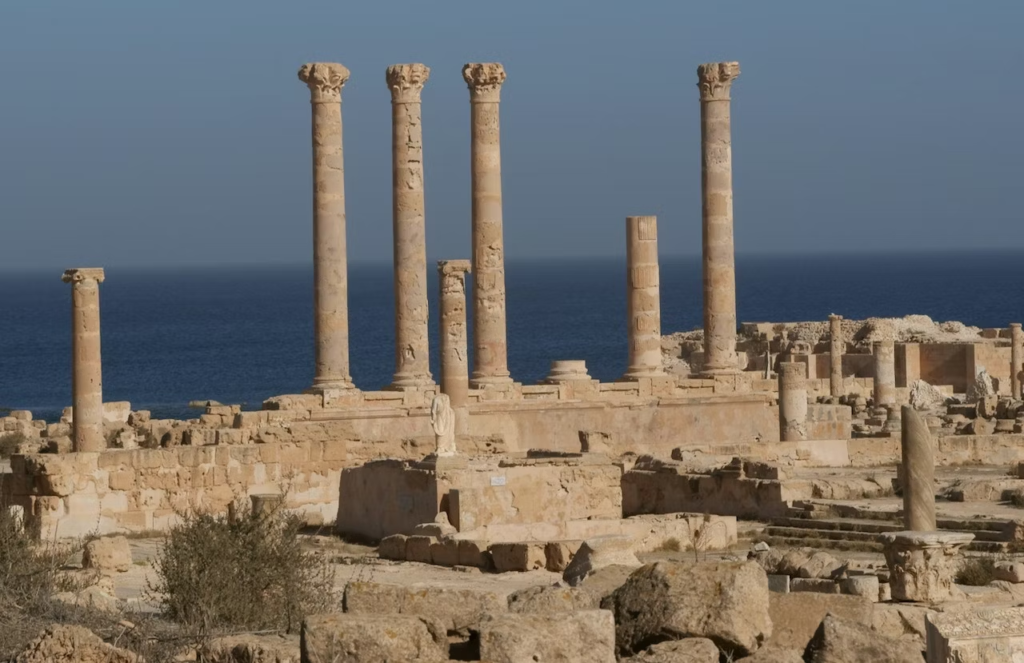
Sabratha, another UNESCO World Heritage site, is known for its well-preserved Roman ruins, including an impressive theater and stunning mosaics. The coastal location adds to the site’s beauty, making it a popular destination for history enthusiasts and tourists seeking to experience Libya’s ancient heritage.
4. Cyrene
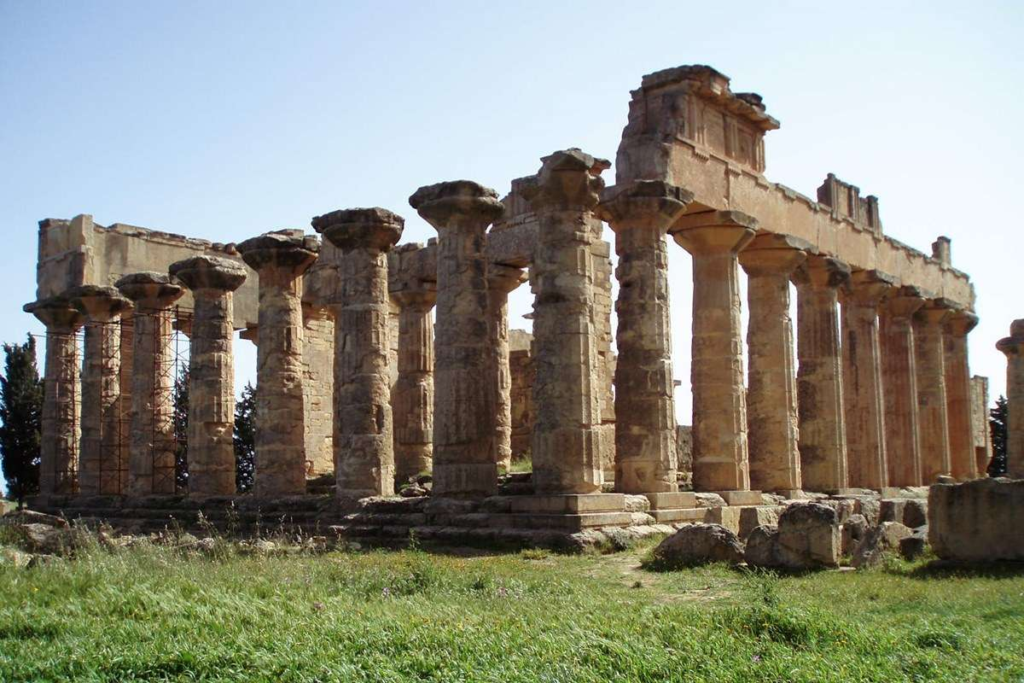
Cyrene is an ancient Greek city and a UNESCO World Heritage site located in northeastern Libya. The ruins include a well-preserved theater, temples, and an ancient marketplace. The site offers breathtaking views of the Mediterranean Sea and is a testament to the region’s rich Greek heritage.
5. Benghazi
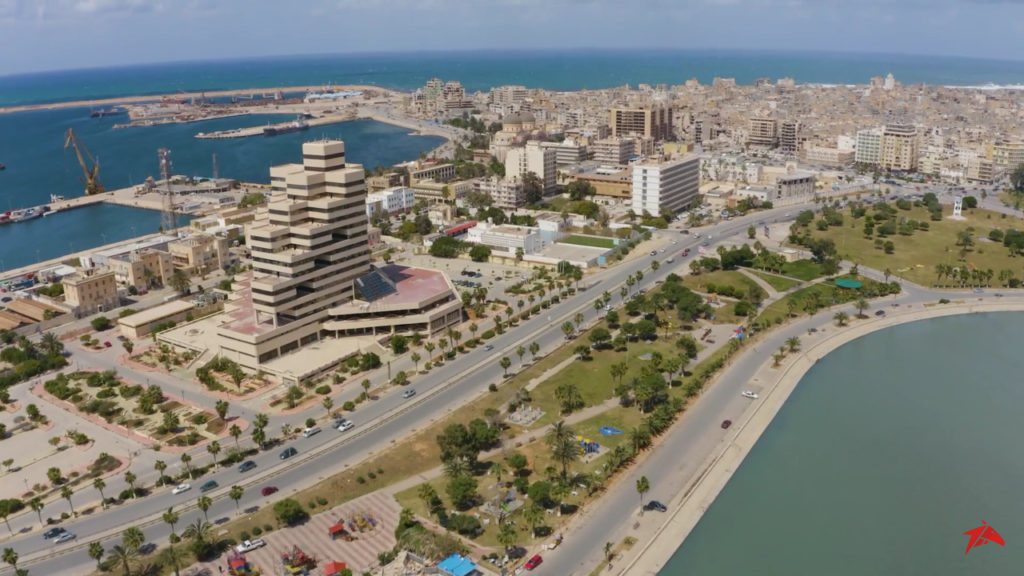
Benghazi, Libya’s second-largest city, is known for its lively atmosphere and cultural diversity. Visitors can explore the Martyrs’ Square, visit the Benghazi Museum, and stroll along the Corniche, which offers picturesque views of the Mediterranean. The city’s blend of modernity and tradition makes it an intriguing destination.
6. Ghadames
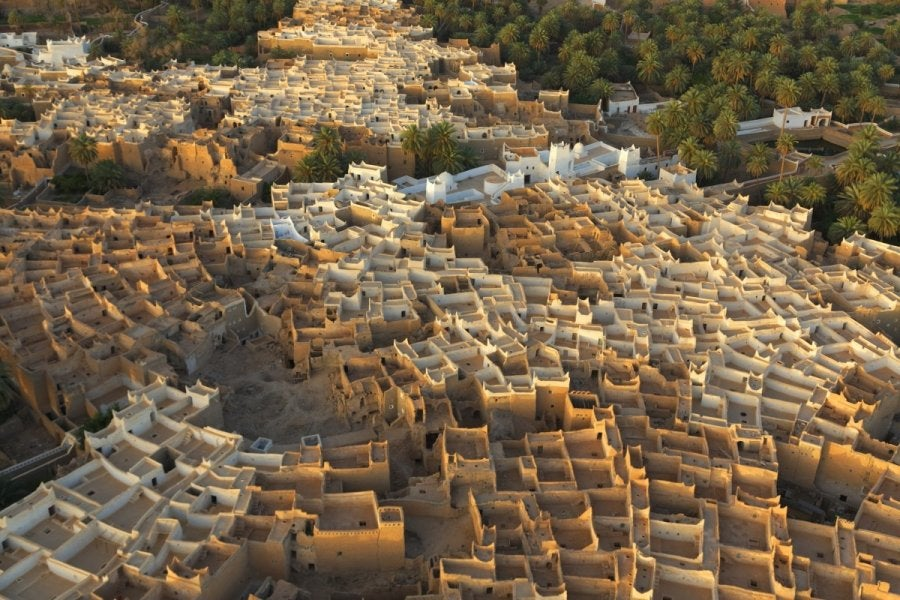
Ghadames is an ancient oasis town and a UNESCO World Heritage site, renowned for its unique architecture and traditional way of life. The mud-brick houses with intricate designs and the shaded streets provide a cool respite from the desert heat. Ghadames is a living example of Berber culture and hospitality.
7. The Great Man-Made River

The Great Man-Made River is an impressive engineering feat that supplies water to Libya’s arid regions. Visitors can explore the infrastructure and learn about the project that transports water from underground aquifers to urban centers. The river plays a crucial role in supporting agriculture and providing clean water.
8. Zuwara

Zuwara is a coastal town known for its beautiful beaches and Mediterranean charm. The town offers opportunities for water sports, including snorkeling and diving, as well as a vibrant fishing community. Visitors can relax on the sandy shores and enjoy the local seafood cuisine.
9. Akakus Mountains

The Akakus Mountains are a stunning natural wonder in southwestern Libya, featuring dramatic landscapes, ancient rock art, and unique geological formations. The region is ideal for hiking, exploring caves, and discovering prehistoric artwork, providing a glimpse into Libya’s ancient past.
10. Tadrart Acacus
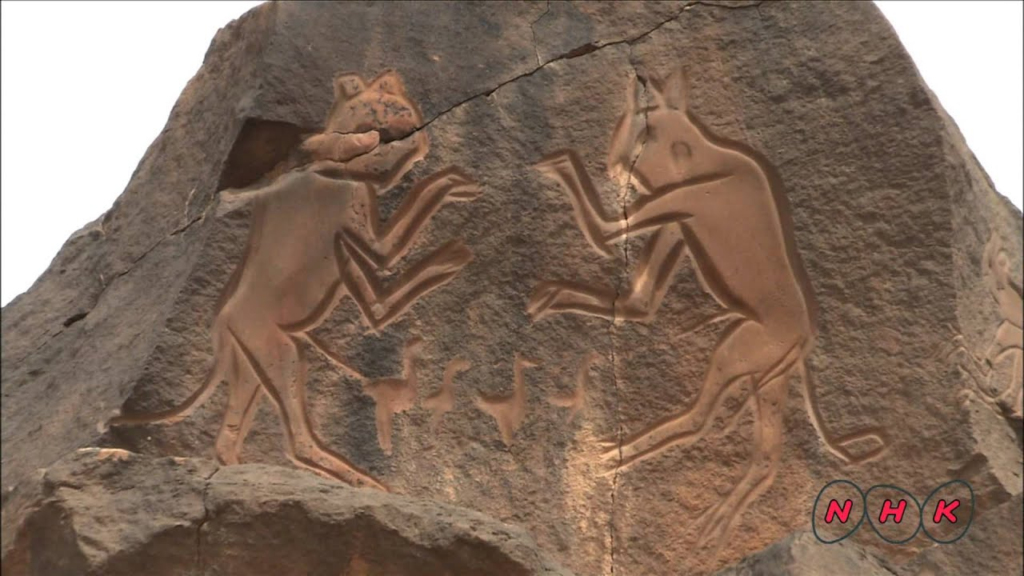
Tadrart Acacus is a UNESCO World Heritage site located in the Sahara Desert, known for its spectacular sand dunes and rock formations. The area is home to ancient rock art that dates back thousands of years, showcasing the rich cultural history of the region. Adventure seekers can explore the stunning desert landscape through guided tours.
Culture
Libya’s culture is a vibrant tapestry woven from Arab, Berber, and Mediterranean influences. The country is home to a diverse population that reflects its rich history and cultural heritage. Traditional music and dance play an essential role in Libyan culture, with folk songs and performances often accompanying celebrations and festivals.
The official language of The country is Arabic, while various Berber languages are spoken among indigenous communities. Traditional storytelling is an important aspect of Libyan culture, with oral narratives passed down through generations. Libyan literature and poetry also reflect the country’s history and cultural identity.
Libyan cuisine is a delicious blend of Mediterranean and North African flavors. Staple foods include couscous, pasta, and rice, often served with lamb, chicken, and vegetables. Traditional dishes like shorba (soup) and bazin (a type of bread) are popular among locals and visitors alike. Tea is an essential part of Libyan hospitality, often served with mint and sugar.
Festivals
The country hosts various festivals that celebrate its rich cultural heritage and national identity. One of the most significant events is the Libyan Independence Day, celebrated on December 24 each year. The day commemorates Libya’s independence from colonial rule and is marked by parades, cultural performances, and patriotic displays.
The Ras al-Hilal Festival is another vibrant celebration that showcases traditional music, dance, and cuisine. Held in coastal towns, the festival attracts locals and tourists alike, providing an opportunity to experience the richness of Libyan culture.
Religious festivals, such as Eid al-Fitr and Eid al-Adha, are celebrated with great enthusiasm throughout the country. These occasions bring families and communities together, emphasizing the importance of unity, generosity, and gratitude.
Economy
Libya’s economy is primarily driven by oil and gas production, which accounts for a significant portion of the country’s revenue. The discovery of oil in the 1950s transformed Libya into one of Africa’s wealthiest nations, with oil exports playing a crucial role in the national economy. The country’s oil reserves are among the largest in Africa, attracting foreign investment and international partnerships.
In addition to oil, The country has a diverse agricultural sector that includes the cultivation of grains, olives, and fruits. The country’s agricultural products contribute to domestic food security and support local communities. The government is working to promote economic diversification and reduce dependency on oil, focusing on sectors such as tourism, mining, and renewable energy.
Despite the challenges posed by political instability and civil unrest, Libya has made efforts to rebuild its economy and attract investment. The government is implementing reforms to improve infrastructure, enhance the business environment, and promote sustainable development.
Cuisine
Libyan cuisine is a delightful fusion of flavors and ingredients influenced by Mediterranean, Arab, and Berber traditions. Traditional dishes often feature staple ingredients such as wheat, barley, and legumes. Couscous, served with stews and vegetables, is a popular dish enjoyed by many Libyans.
Bazin is another traditional Libyan dish made from wheat flour and served with meat and vegetable sauces. The dish is often accompanied by shorba, a flavorful soup made with tomatoes, herbs, and spices. Seafood is also an essential part of Libyan cuisine, especially in coastal areas where fresh fishis abundant.
Street food is prevalent in The country, with vendors offering delicious snacks such as falafel, sambusas, and hummus. Mint tea is a beloved beverage, often served during meals or as a gesture of hospitality.
Top Eight Most Famous Food
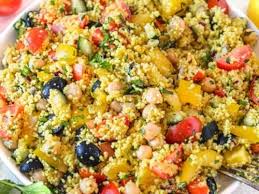
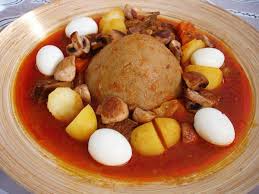




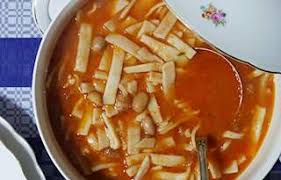

Interesting Facts
- Libya is home to the world’s largest desert, the Sahara.
- The country has a rich archaeological heritage, with several UNESCO World Heritage sites.
- Libya has the highest per capita income in Africa due to its oil wealth.
- The Roman ruins of Leptis Magna are among the best-preserved in the world.
- Libya is known for its unique traditional architecture, particularly in the ancient city of Ghadames.
- The country’s national animal is the Arabian Oryx.
- Libya’s coastline stretches over 1,700 kilometers along the Mediterranean Sea.
- The Libyan dinar is the official currency of the country.
- Libya has a rich tradition of storytelling and poetry.
- The country celebrates its independence from Italy on December 24.
Conclusion
Libya, the Jewel of North Africa, is a country rich in history, culture, and natural beauty. From the ancient ruins of Leptis Magna to the vibrant streets of Tripoli, Libya offers a unique experience for travelers seeking to explore its diverse heritage. Despite the challenges it faces, The country’s spirit remains resilient, and its people are eager to share their hospitality and stories. As the nation continues to rebuild and embrace its identity, it invites visitors to discover its treasures and appreciate its captivating landscapes.
let’s enjoy few years on earth with peace and happiness….✍🏼🙏

